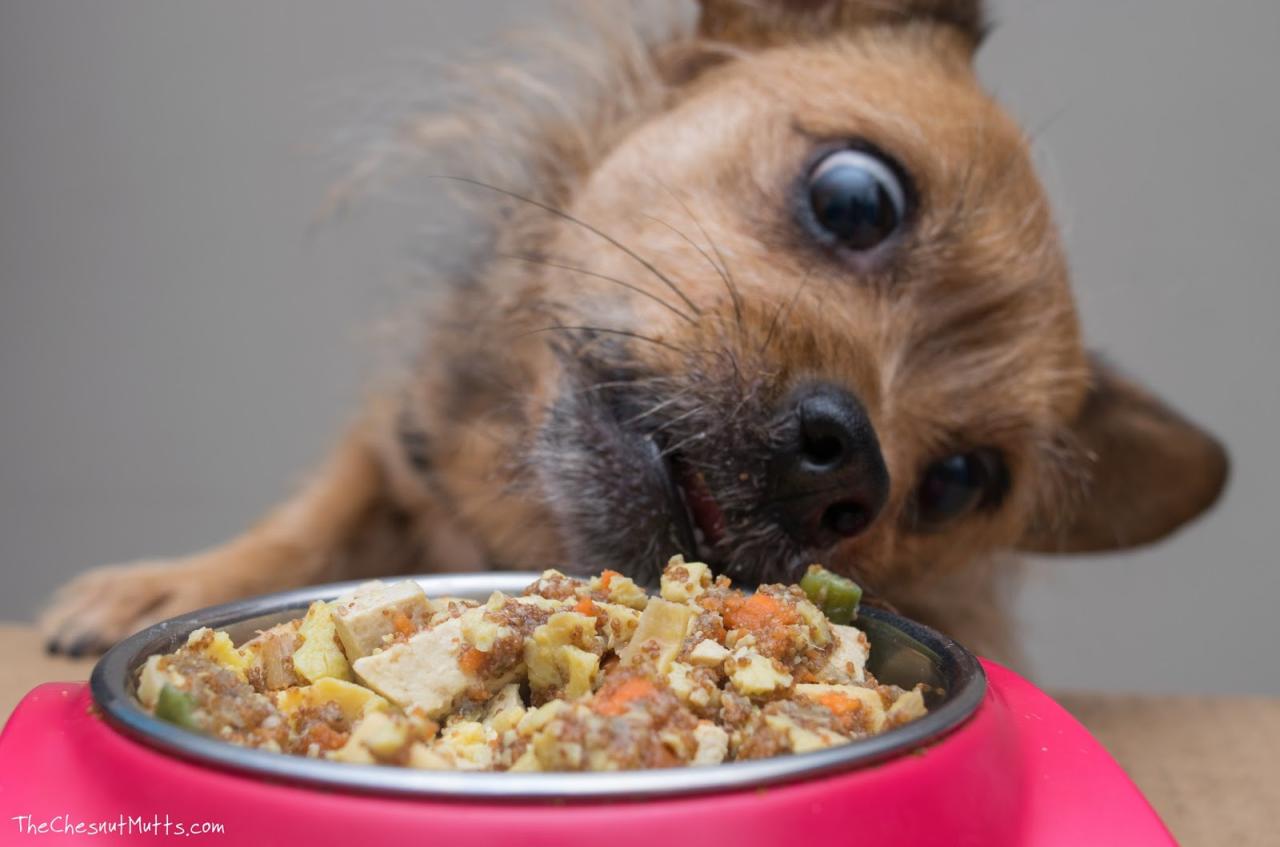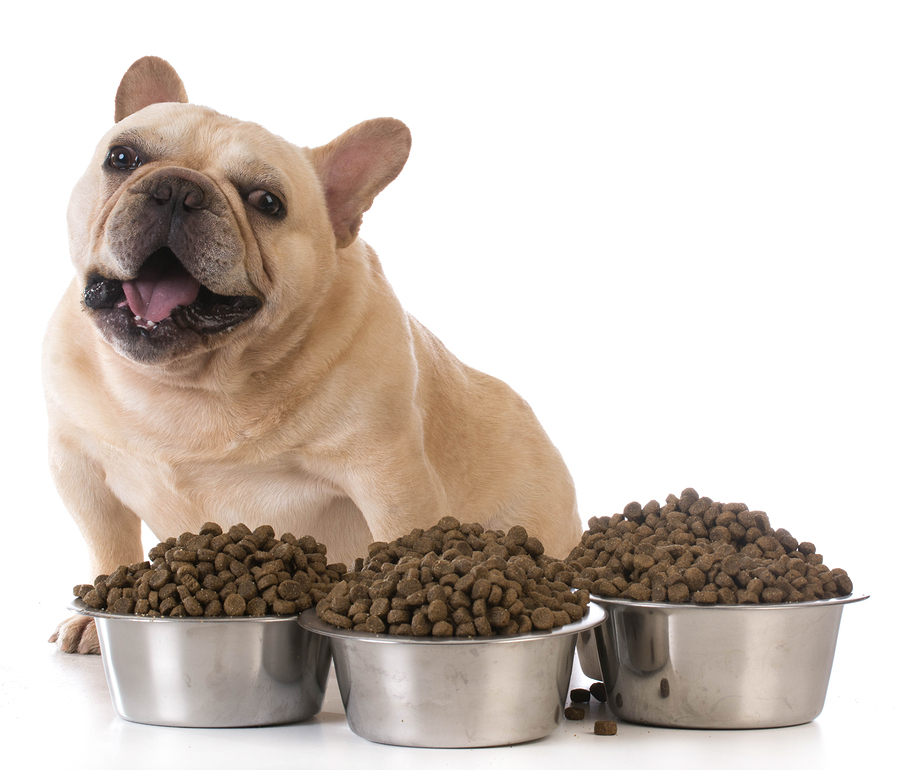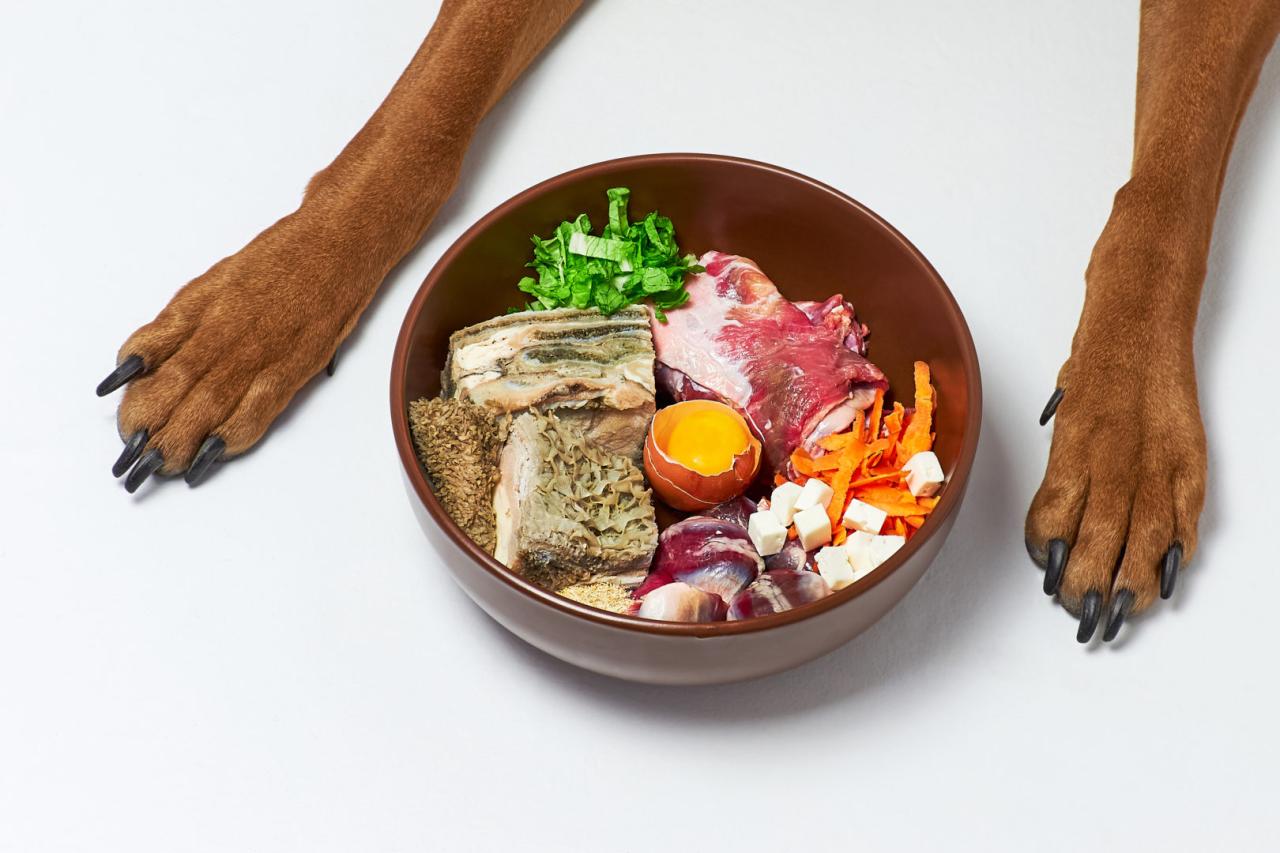fooddog invites you to explore the fascinating realm of culinary delights that celebrate the union of food and canine companions. These unique dishes hold a special place in various cultures around the globe, showcasing not just culinary creativity but also the deep-rooted traditions that connect people and their pets. From humble street fare to gourmet presentations, food dogs have evolved over time, capturing the essence of both artistry and nourishment.
Diving into this topic, we uncover the different types of food dogs, their roles in diverse cuisines, and the intriguing historical contexts that have shaped their existence. With a blend of popular recipes and health benefits, this journey through food dogs promises to be both informative and appetizing for food enthusiasts and pet lovers alike.
Introduction to Food Dogs

Food dogs, often referred to as “Fu Lions” or “Shishi,” are mythological creatures in Chinese culture that symbolize prosperity and protection. Traditionally, these stone sculptures are placed at the entrances of temples, palaces, and businesses to ward off evil spirits and bring good fortune. Their significance spans various cultures, reflecting beliefs in guardianship and the auspicious nature of food-related endeavors, particularly in markets and restaurants where they are commonly displayed.
The various types of food dogs can be categorized based on their roles and the distinctive features they exhibit. The male food dog, usually depicted with a ball under its paw, signifies power and the protection of the home, while the female, often shown with a cub, represents nurturing and familial care. These characteristics illustrate a balance of strength and tenderness, essential in maintaining harmony in both home and business environments.
Types and Roles of Food Dogs
Understanding the different types of food dogs and their specific roles is crucial for appreciating their cultural significance. Their attributes not only enhance the aesthetic appeal of a location but also serve symbolic functions within the community. Below are the key types of food dogs and their unique purposes:
- Male Food Dog: Recognizable by its ball, this figure embodies control and protection. It is often placed on the right side of an entrance, serving as a guardian against malevolent forces.
- Female Food Dog: Typically depicted with a cub, the female food dog signifies nurturing and care. Positioned on the left side of an entrance, she symbolizes family and the protection of loved ones.
Food dogs have evolved significantly throughout history, adapting to different artistic styles and influences across regions. Originating during the Han Dynasty, their designs have incorporated elements from various dynasties, leading to a rich tapestry of forms and meanings. The transformation of these sculptures reflects broader shifts in cultural values, arts, and even trade relations. For instance, during the Tang Dynasty, the influence of Buddhism brought a new aesthetic to food dogs, leading to more intricate and stylistic expressions in their carvings.
“Food dogs serve not only as decorative pieces but also as spiritual guardians, embodying the dual forces of protection and prosperity.”
Popular Food Dog Recipes
Food dogs, a delightful culinary fusion, showcase the creativity and flavors from various cultures around the globe. These delicious treats are often enjoyed during celebrations and special occasions, reflecting regional ingredients and cooking methods. Exploring these recipes not only reveals the diversity of food dogs but also highlights their nutritional benefits, making them a perfect addition to any culinary repertoire.
The key ingredients that contribute to the making of food dogs vary by region, offering unique tastes and health benefits. Common ingredients include various types of meats, aromatic spices, and fresh vegetables. These elements combine to create a dish that is not only satisfying to the palate but also packed with nutrients essential for a balanced diet.
Popular Food Dog Recipes from Around the World
A variety of food dog recipes have emerged globally, each with its own unique twist. Here is a list of popular food dog recipes that capture the essence of their respective cultures:
- Korean Hot Dog: A beloved street food in South Korea, featuring a sausage coated in batter and deep-fried, often garnished with sugar and sauces.
- American Corn Dog: A classic fair food, consisting of a hot dog dipped in a thick cornmeal batter and deep-fried until golden brown.
- Japanese Takoyaki Dog: A fusion of takoyaki and hot dogs, these are filled with octopus, green onions, and pickled ginger, served with a savory sauce.
- Vietnamese Banh Mi Dog: A hot dog inspired by the famous Vietnamese sandwich, complete with pickled vegetables, cilantro, and spicy mayo.
- Mexican Elote Dog: This variation features a grilled hot dog topped with corn, cotija cheese, lime, and chili powder.
Key Ingredients and Their Nutritional Benefits
Understanding the ingredients in food dogs is crucial, as they contribute significantly to the dish’s flavor and nutritional profile.
- Meat (Beef, Pork, Chicken): A primary source of protein, providing essential amino acids necessary for muscle repair and overall health.
- Vegetables (Onions, Peppers, Garlic): These add flavor and are rich in vitamins, minerals, and antioxidants, promoting immune health.
- Spices (Paprika, Cumin, Chili Powder): Not only do they enhance taste, but many spices also have anti-inflammatory properties.
- Bread or Batter: Provides carbohydrates for energy; whole grain options can boost fiber intake.
Preparation of a Traditional Food Dog Dish
Let’s walk through the steps to prepare a classic American Corn Dog, a cherished favorite at fairs and festivals.
- Ingredients: Gather all necessary ingredients:
- Hot dogs
- 1 cup cornmeal
- 1 cup all-purpose flour
- 1 tablespoon baking powder
- 1 tablespoon sugar
- 1 teaspoon salt
- 1 cup milk
- Vegetable oil (for frying)
- Mix the Batter: In a bowl, combine the cornmeal, flour, baking powder, sugar, and salt. Gradually add milk until the batter is smooth.
- Prepare the Hot Dogs: Insert wooden skewers into each hot dog for easy handling.
- Heat the Oil: In a deep pot, heat vegetable oil to 350°F (175°C).
- Dip and Fry: Dip each hot dog into the batter, ensuring it is well-coated. Carefully lower it into the hot oil and fry until golden brown, about 3-4 minutes.
- Drain and Serve: Remove the corn dogs from the oil and place them on paper towels to drain excess oil. Serve with your favorite condiments.
Health Benefits of Food Dogs

Food dogs, a delightful fusion of culinary creativity and convenience, are not just a treat for the palate but also bring a variety of health benefits. Including these flavorful dishes in your diet can enhance overall well-being while satisfying cravings with vibrant flavors and textures. This section delves into the nutritious aspects of food dogs, exploring how they can fit into a balanced diet.
The incorporation of food dogs into meals can provide essential nutrients that contribute to a healthy lifestyle. Packed with ingredients such as lean proteins, fresh vegetables, and wholesome carbohydrates, food dogs can serve as a balanced meal option. These dishes often contain vitamins, minerals, and antioxidants, which are vital for maintaining health and preventing disease.
Dietary Considerations for Food Dogs
When planning meals that include food dogs, it is essential to consider their nutritional composition and how they fit into your overall dietary requirements. Here are some key considerations:
- Ingredient Quality: Opt for fresh, high-quality ingredients to maximize taste and health benefits. Incorporating whole grains, fresh vegetables, and lean proteins can enhance the nutritional value of food dogs.
- Portion Control: Being mindful of portion sizes is crucial in maintaining a balanced diet. Food dogs can be rich in calories, so balancing portion size with your daily caloric needs is important.
- Dietary Restrictions: Consider any food allergies or dietary restrictions that may affect ingredient choice. For instance, gluten-free or vegan versions of food dogs can be prepared to accommodate different dietary needs.
- Balanced Ingredients: Aim to include a variety of food groups in your food dog recipes, ensuring inclusion of fruits, vegetables, proteins, and healthy fats to create a well-rounded meal.
Tips for Balancing Food Dog Dishes
To maintain a healthy eating plan while enjoying food dogs, it is beneficial to follow certain strategies that promote balance:
- Incorporate Fresh Vegetables: Adding a range of colorful vegetables not only boosts the nutritional profile but also enhances the visual appeal of the dish.
- Mindful Pairing: Pair food dogs with lighter sides such as salads or steamed vegetables, which can help offset the richness of the main dish.
- Limit Processed Components: Minimize the use of heavily processed sauces or toppings, opting for homemade or natural alternatives to control sodium and sugar levels.
- Meal Timing: Consider the timing of your meals; consuming food dogs as part of a larger, balanced meal rather than as a standalone dish can promote better digestion and satiety.
Incorporating food dogs into your diet can not only be delightful but also a step towards better health when prepared mindfully.
Cultural Perspectives on Food Dogs

Food dogs, often regarded as cultural delicacies, evoke a spectrum of emotions and perceptions across different societies. Their significance varies not just based on geographical boundaries but also on historical, social, and economic contexts. In many cultures, food dogs are cherished traditional dishes, while in others, they may face criticism and ethical debates. Understanding these diverse perspectives enhances our appreciation of food dogs beyond mere culinary enjoyment.
Variations in Cultural Perceptions, Fooddog
Cultural attitudes toward food dogs are profoundly influenced by local traditions, religious beliefs, and historical contexts. In certain Asian cultures, such as in parts of China and Korea, food dogs are considered a source of nourishment and are embedded within culinary practices. Celebrated for their unique flavors and textures, they are often featured in regional dishes. Contrastingly, in Western countries, the consumption of food dogs is largely viewed with disapproval, often linked to animal rights advocacy and ethical standards surrounding pet ownership. This divergence in perception highlights the complexities of food culture, where dishes can elicit pride in some regions and repulsion in others.
Street Food Versus Gourmet Cuisine
The use of food dogs manifests distinctly in street food versus gourmet cuisine. Street food celebrates accessibility and authenticity, with vendors often showcasing traditional methods of preparation. For instance, food dogs are commonly seen in bustling markets, where they are cooked on-site and served fresh, giving consumers a direct connection to the culinary experience. The vibrant atmosphere and the immediacy of street food create an engaging dining experience.
In contrast, gourmet cuisine elevates food dogs to an art form, where chefs utilize sophisticated techniques and high-quality ingredients to create intricate dishes. These presentations often involve fusion styles, where traditional recipes are reimagined with modern culinary trends. Such dishes might be served in upscale restaurants, accompanied by meticulously chosen side items and pairings that enhance the dining experience, appealing to a more discerning palate.
Festivals Celebrating Food Dogs Worldwide
Numerous festivals around the world celebrate the culinary delights of food dogs, highlighting their cultural significance. These events not only bring communities together but also honor traditional cooking methods and recipes.
- Dog Meat Festival (Yulin, China) – Celebrated annually in June, this controversial festival is famous for its large-scale consumption of food dogs, sparking international debate around animal rights.
- Baekje Dog Meat Festival (Buyeo, South Korea) – Held in July, this festival features various food dog dishes, including stews and barbecues, celebrating local culinary traditions.
- International Dog Meat Festival (Taiwan) – A less-known event that aims to raise awareness about dog meat consumption, encouraging discussions on animal welfare while featuring traditional recipes.
- Fête de la Gastronomie (France) – While not specifically focused on food dogs, this festival celebrates French culinary heritage and includes events that honor regional dishes, including those that may feature food dogs.
Food dog celebrations reflect the complexities surrounding their consumption, with each festival serving as a microcosm of the broader dialogue on culinary practices, ethics, and cultural identity.
Commonly Asked Questions: Fooddog
What exactly are food dogs?
Food dogs refer to culinary dishes inspired by dogs, often celebrating the bond between pets and their owners through unique recipes and presentations.
Are food dogs suitable for human consumption?
Yes, food dogs are designed for human consumption, featuring ingredients that are safe and nutritious for people, often reflecting diverse culinary traditions.
What are some common ingredients used in food dog recipes?
Common ingredients include meats, vegetables, spices, and sometimes dog-friendly items that enhance the flavor profile while maintaining nutritional value.
How can I incorporate food dogs into my meals?
Food dogs can be included as appetizers, main courses, or even creative snacks, allowing for versatility in meal planning and presentation.
Are there any festivals that celebrate food dogs?
Yes, many cultures host festivals or events that highlight food dogs, showcasing their significance in culinary traditions and community gatherings.